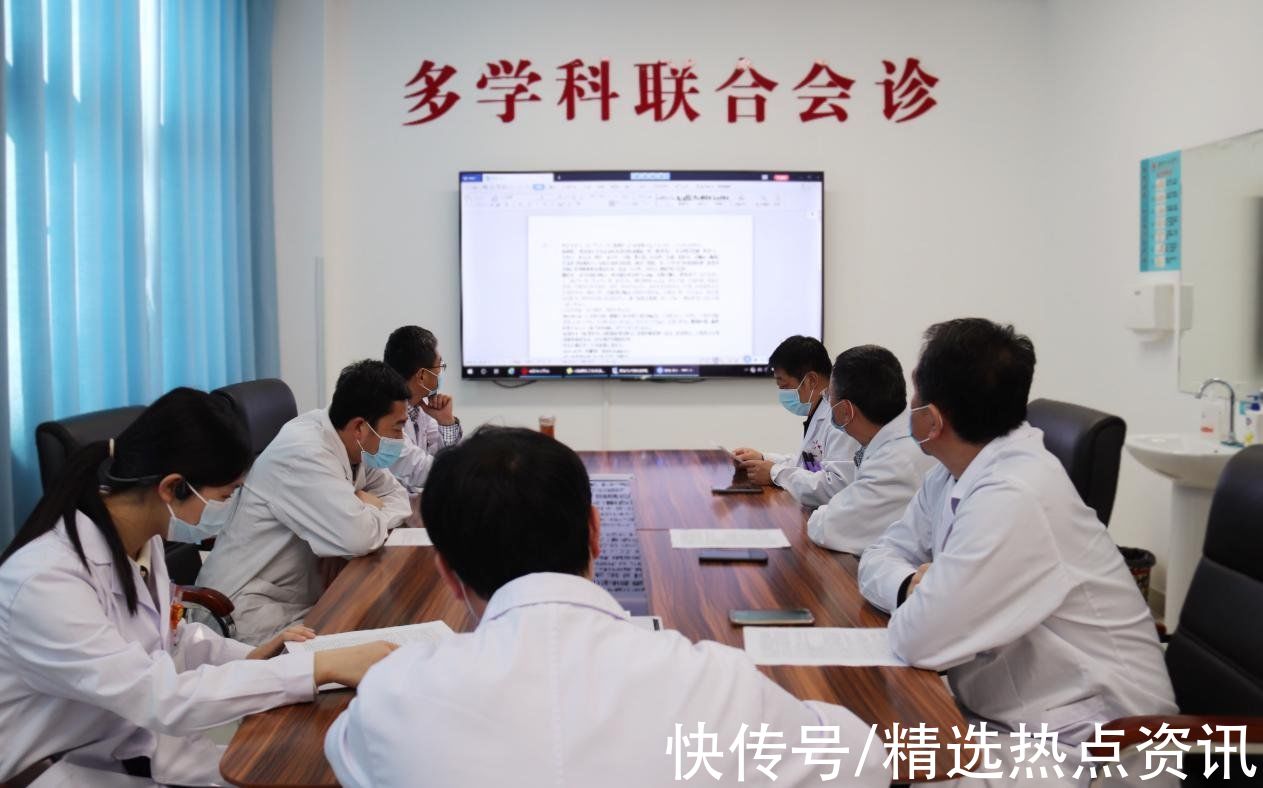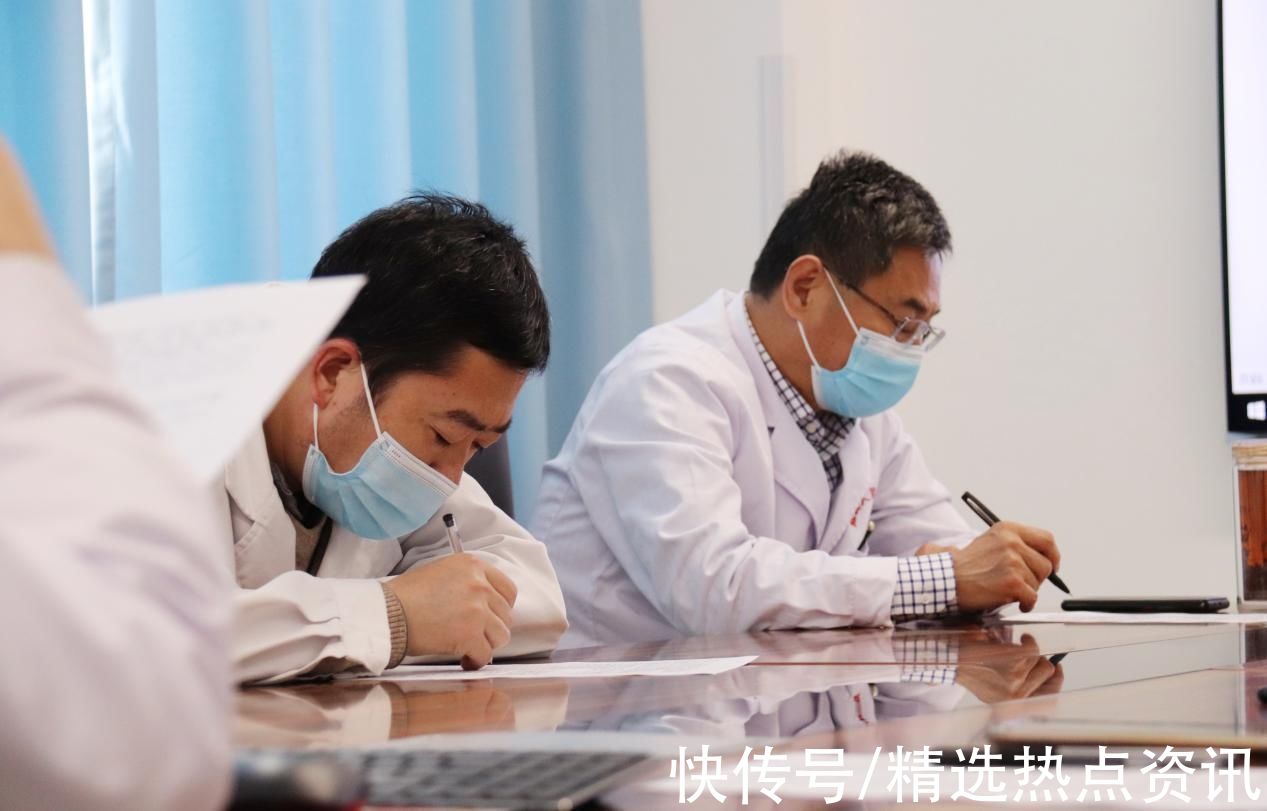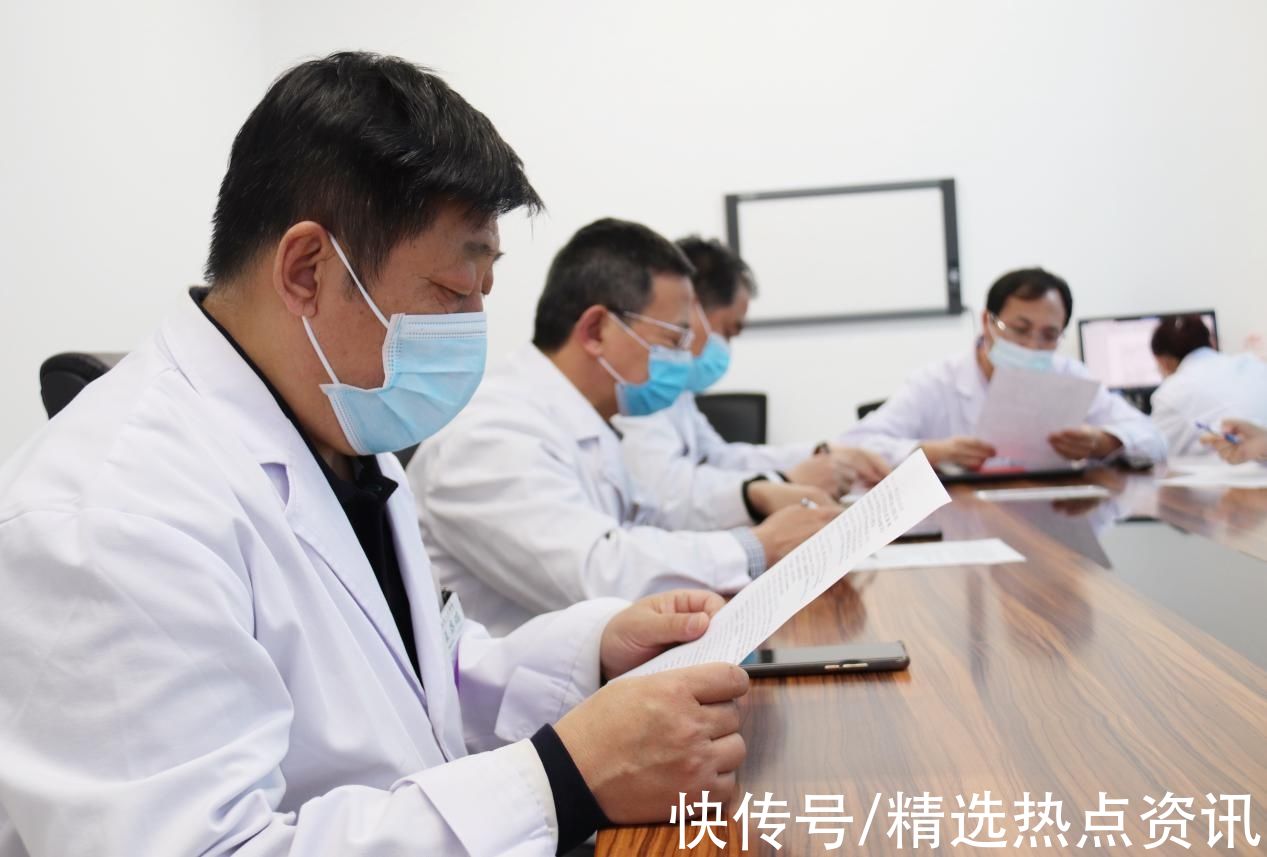Source: People’s Daily Online – Original Manuscript of Hebei Channel

Experts from several departments of Wei County People’s Hospital jointly discussed the patient’s condition. Photo by Xie Baoshuo
“This time I don’t have to run back and forth anymore, ‘one-stop’ took care of my illness. I had to ask one by one clinic before, and my legs were about to break. After the county hospital established a multi-disciplinary joint clinic, it is much more convenient for us ordinary people to see a doctor.” Aunt Wang, who was consulted in the multi-disciplinary joint clinic room of Wei County People’s Hospital, said with emotion.

Experts from various disciplines will formulate the best treatment plan for patients on site. Photo by Liu Guoqiang
It is understood that the 70-year-old Aunt Wang was found to have a tumor in the adrenal gland during a physical examination. She also suffered from diabetes and high blood pressure for many years. Whether the tumor is benign or malignant, surgical or conservative, various problems plague Aunt Wang and her family, and the multidisciplinary joint consultation model of Wei County People’s Hospital effectively avoids Aunt Wang going back and forth between multiple hospitals and multiple outpatient clinics. The problem.
According to Zhang Jiyin, president of Wei County People’s Hospital, the hospital’s multidisciplinary consultation work model has been launched since 2021. It breaks the traditional medical treatment model and integrates various related professional departments. For a certain disease, the best treatment plan is proposed through consultation and discussion. Really allow patients to enjoy “one-stop” medical services.

Experts made detailed analysis from different disciplines and aspects. Photo by Xie Baoshuo
It is understood that multidisciplinary consultation (MDT) is a leading diagnosis and treatment model widely respected in the modern international field. It breaks down the barriers between disciplines, shortens the waiting time for patient diagnosis and treatment, improves patient prognosis, and at the same time avoids the economic burden of non-stop referral and repeated examinations to patients’ families.